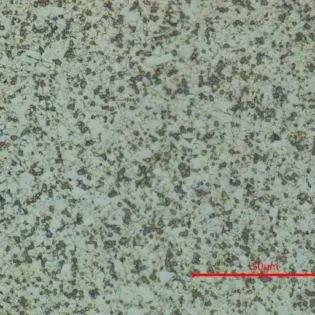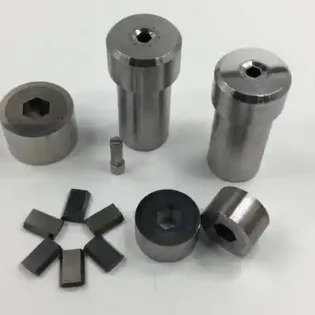Concerning stainless steel drill issues, it is mainly solved from the following four aspects:Select the right bit
The drill material is suitable
Generally, W6Mo5Cr4V2Al, w2mo9cr4co8 and other materials should be used. The disadvantages of these materials are that they are expensive and difficult to purchase. When purchasing the commonly used W18Cr4V ordinary standard high speed steel bit for drilling, due to the shortcomings of small vertex angle, too wide chip to discharge out of the hole in time, cutting fluid can not cool the bit in time, and the poor thermal conductivity of stainless steel, the cutting temperature concentrated on the cutting edge will rise, which will easily lead to the two flanks and the main edge burn and edge collapse, and reduce the service life of the bit Low.

The geometric parameters of bit are reasonable
1. To increase the strength of the cross cutting edge, increase the vertex angle and grind the cross cutting edge at the same time
When W18Cr4V ordinary high speed steel bit is used for drilling, the cutting force and cutting temperature are concentrated on the drill point. In order to improve the durability of the cutting part of the bit, the top angle can be increased appropriately, and the top angle is generally 135-140 degrees.
The increase of the top angle will also reduce the rake angle of the outer edge and narrow the cuttings, which is conducive to chip removal. However, with the increase of the top angle, the cross edge of the bit becomes wider, which will increase the cutting resistance. Therefore, the cross edge of the bit must be polished. After grinding, the cross edge’s angle is 47-55 degrees, and the front angle of the cross edge is 3-5 degrees. When grinding the transverse edge, the corner between the cutting edge and the cylindrical surface should be rounded to increase the strength of the transverse edge.
2. Increase the back angle appropriately
Because the elastic modulus of stainless steel is small, the metal elastic recovery under the cutting layer is large, and the work hardening is serious in the drilling process, too small rake angle will accelerate the wear of the bit flank, increase the cutting temperature and reduce the life of the bit, so it is necessary to increase the rake angle appropriately. However, if the back angle is too large, the main edge of the bit will become thin, reducing the rigidity of the main edge, so the back angle should be 12-15 degrees.
In order to narrow the cuttings and facilitate chip removal, it is necessary to open staggered chip separation grooves on the two flanks of the bit.
Cutting parameters of bit
The selection of cutting parameters should start from reducing the cutting temperature, because high speed cutting will increase the cutting temperature, and high cutting temperature will aggravate the wear of drill bit. Therefore, it is important to select the cutting speed in the cutting parameters, which is 12-15m / min.

Suitable feed rate
The feed rate has little influence on the life of the bit, but if the feed rate is too small, it will make the bit cut in the hardened layer and aggravate the wear; if the feed rate is too large, it will make the surface roughness worse. Considering the above two factors, the feed rate of 0.32-0.50mm/r is appropriate.
Cutting fluid
In order to reduce the cutting temperature, emulsion can be used as the coolant.
Cautions before drilling stainless steel:
The hardness of the selected bit should be high, the surface finish is better, and the vertex angle of the bit is larger than that of the ordinary bit (130-135 degrees).

1. It is necessary to pay attention to the sound of the machine tool operation, and withdraw the tool in time in case of any abnormality, so as not to let the bit stay on the drilling surface. ?
2.Cooling should be sufficient. The cutting fluid is concentrated emulsion.
3.When the feed is more than 0.15mm, it is not necessary to cut in the cold work hardening layer as far as possible.
4. The cutting speed should be as low as possible to reduce the cutting temperature.









